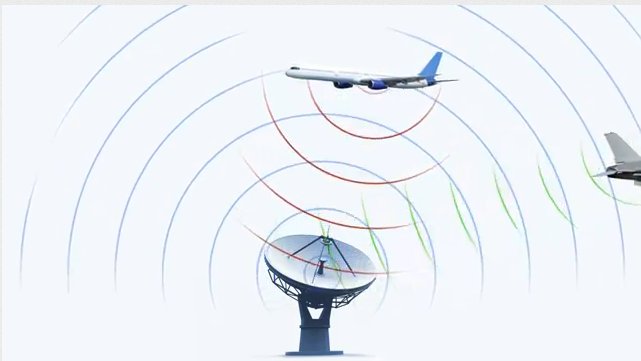Ultra-Wide Band radars (UWB radars), be it LFM, impulse, OFDM or noise-based) are described as featuring a bandwidth of more than 0.5 GHz, or greater than 20% of their center frequency. They are synchronized by FCC rules that allow UWB technology to work with the existing radio services without any interference.
They provide many advantages like good accuracy for penetrating radars, high precision for target detection, and low cost for merging radar and communication systems. UWB radars can go through walls and other obstacles for position or geo-location and can provide support for frequency diversity and multipath immunity with minimum hardware changes.
Ability to Work in Extreme Conditions
The contemporary UWB radar systems often function in environments that are erratic with jamming, interference, and other real-world performance restrictions. Thus it is crucial for engineer to comprehend how their hardware will execute in such environments during system development. Most of the regular radar may fail to work properly under extreme conditions, but the UWB radars live up to the challenge in most of the cases.
Working Principle
The most important difference between the typical radio transmission and ultra wide band is that the traditional systems send information by changing the frequency, phase, and/or power level of a sinusoidal signal, while UWB systems send info by producing radio signal at particular time gaps and taking up wide bandwidths, thus enabling time modulation or pulse position.
The data can even be altered on UWB pulses by programming the pulse polarity and its amplitude. UWB pulses can be transmitted intermittently at comparatively low pulse rates to offer support for position or time modulation, and they can even be transmitted at rates up-till the inverse of bandwidth of UWB pulse.

High Accuracy
An important feature of UWB technology is the UWB radio system’s ability to settle on the “time of flight” of transmission at different frequencies. This assists to prevail over multipath propagation since at least few of the frequencies come with a line-of-sight (LOS) trajectory. The distances can be determined to high accuracy and resolution by balancing for stochastic inaccuracy and local clock drift with a cooperative 2-way symmetric metering technique.
One of the significant features of pulse-oriented ultra wideband is that the pulses are too short and hence most of the signal reflections don’t overlie the original pulse andmultipath fading of narrowband waves is not present. But still, there is inter-pulse interference and multipath propagation to fast pulse systems, which has to be reducing by complex coding techniques.
UWB Radar Systems Development
The system engineers of today need a lower cost and more flexible validation means with response equipment or stimulus that is specifically geared towards UWB in order to develop a UWB radar system successfully. The test bed for R&D begins with electronic design automation (EDA) software to form a working design for reference.
This reference design is used to produce test vectors; process received signals captured from live measurements, and systematizes a model-based design flow. This test bed also features a UWB signal generator with an arbitrary waveform generator (AWG) to deliver simulated signals, including jamming scenarios and realistic threats for testing hardware receivers.
Ultimately, the UWB test bed should comprise of a wide bandwidth oscilloscope to capture waveform. Ultra-Wide Band radars (UWB radars) have turned out to be increasingly popular in both defense and commercial industries. But, we are yet to witness extensive commercial applications of these handy radars, which may take place over the coming years.
Kenny H.is the contributor of this guest post, in which, he has tried to present the concept of UWB radars in very simple terms. He has been working as a part time blogger for an internet marketing company that provides Guest Posting to UK clients.



